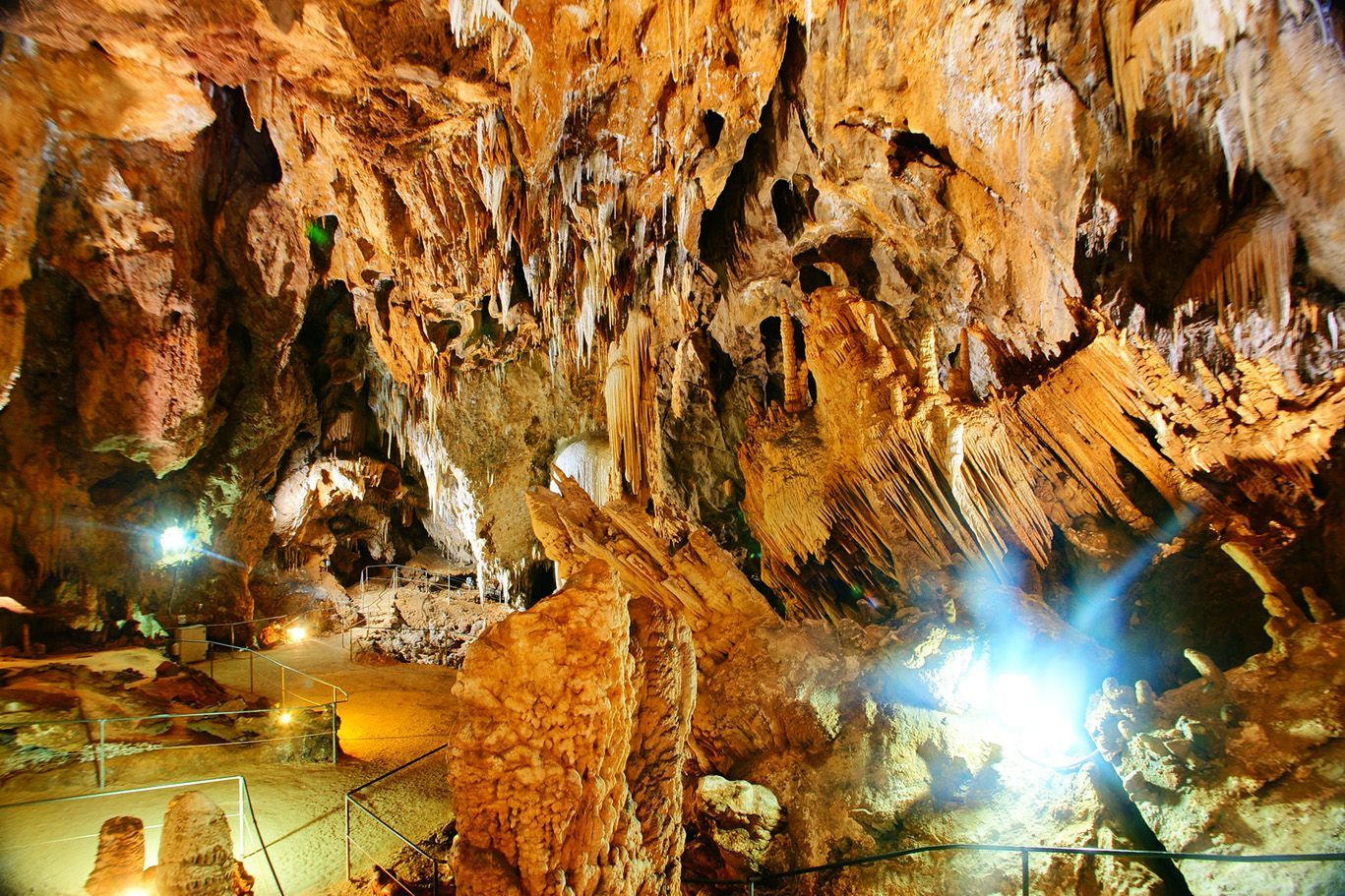Grotte Is Zuddas
The Caves are located in the south-western part of Sardinia and create a marvellous underground setting forged by the relentless action of water.
The Monte Meana hill that houses the cavity is made up of dolomitic rocks dating back to about 530 million years ago.
The cave is still active and consists of several rooms, each of which is unique due to the particular characteristics of the concretions they contain.
In the 1960s the cave was used to mine alabaster, then in 1971 due to the intervention by the members of the Speleo Club Santadese, the caves were closed and placed under observation.
The caves have a constant temperature of 16° and the humidity approaches 100%. Along the tourist route which extends for about 500m you can admire some wonderful and, on occasions, majestic concretions: from stalactites to stalagmites, to flows and “straws” and the rare helictite aragonites.
This last kind of concretion is the leading characteristic of the Caves.
Aragonites come in two distinct forms: acicular Aragonites, which appear as large clusters of needle-like crystals, also called “cave flowers” by speleologists; and the spectacular helictite Aragonites which are thread-like formations that spread in every direction – seemingly undeterred by gravity – and often take on highly bizarre shapes.
The extremely high concentration of these helictite aragonites in a single room makes the Is Zuddas caves unique in Italy.




